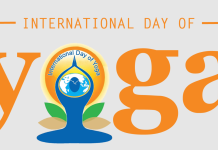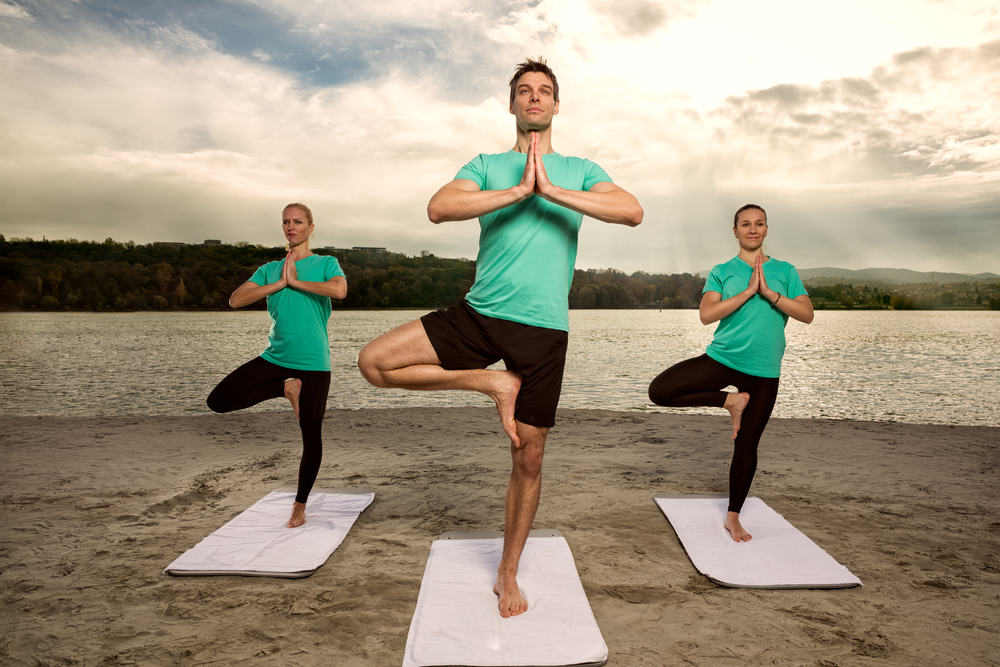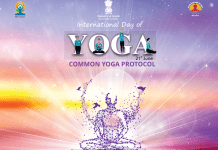Did you know that warming up and cooling down are the parts that can’t be left in a workout routine?
Here we will elaborate the reasons why warm up and cool down are just as important as the main workout itself:
Why warming up is important?
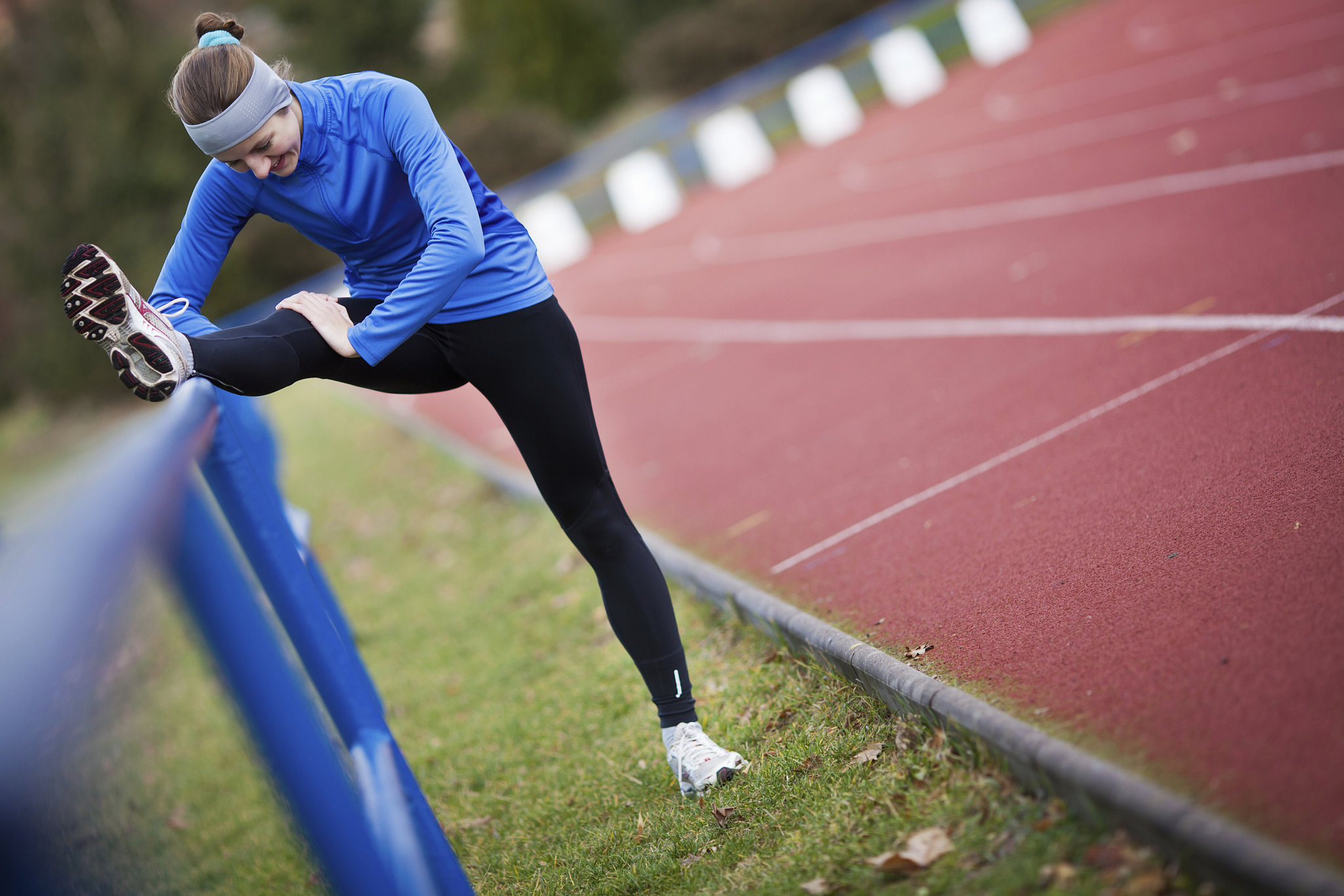
A warm-up is a session which takes place prior to doing physical activity. It usually will consist of light cardiovascular exercises combined with stretches. The cardiovascular exercises are designed to increase circulation, increase body temperature and bring the heart rate up. Stretching, in the other hand, warms the muscles and prepare them for the movements they will be required to carry out during the activity. The warm-up is a good opportunity for an individual to prepare themselves mentally for the game ahead and for a team to work together prior to the start of the game.
Most warm up sessions last between 20 minutes and half an hour. This will give the body a plenty of time to gradually get ready for physical activity.
There are many benefits of warming up and stretching before workout, such as:
- Increasing muscle temperature—warmer muscles will increase your body’s strength and speed.
- Dilated blood vessels—taking the time to warm up forces the blood vessels to dilate. This will reduce the tension that physical activity places on your heart, and increase blood flow throughout your body.
- Your body is able to cool down faster—warming up triggers processes in the body that assist in cooling down muscles and joints when they begin to get too hot.
A good warm-up routine should include a light cardiovascular activity that generally requires 5 to 10 minutes to perform. The light cardiovascular activity should be simple to perform and can range from jogging in place to jumping rope. See the best pre-workout warming up routine here.
Avoid performing the exact same warm-up routine every time you exercise. Consider using your warm-up as a way to lightly exercise the muscles that are going to be exercised during your weight training routine. This approach will prepare your muscles for exactly the types of movements that they will be performing during your exercise routine.
Why cooling down is important?
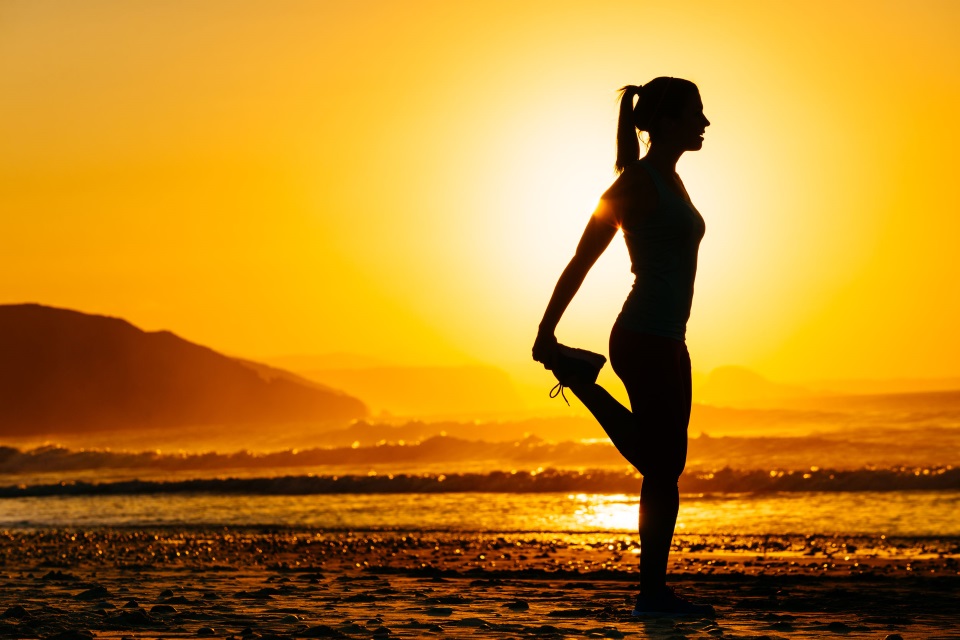
Cooling down after a workout is as important as warming up. After physical activity, your heart is still beating faster than normal, your body temperature is higher, and your blood vessels are dilated. This means if you stop too fast, you could pass out or feel sick. A cool-down after physical activity allows a gradual decrease at the end of the episode.
The cooling down has the effect of:
- Preventing blood pooling, returning the blood back to the heart rather than allowing it to pool in the muscles that have been worked
- Gradually bringing the heart rate back down
- Preventing fainting by ensuring that the brain continues to receive a sufficient supply of blood and oxygen
- Reducing the blood lactic acid levels
Once you have completed the main component of your session you can then focus on the cooling down phase. The key in cooling down is ‘gradual’. Use the first 3-5 minutes by walking, or jogging if you have been running, which will bring your breathing under control and back to normal. Once your heart rate has returned back to a state of rest, you can then follow with some stretching. Stretching the muscle groups you used in your workout will return them to their normal length, reduce the delayed onset of muscular soreness, aid recovery and assist your body in its repairing process. Don’t forget to include some deep breathing as this will help to oxygenate your system.

